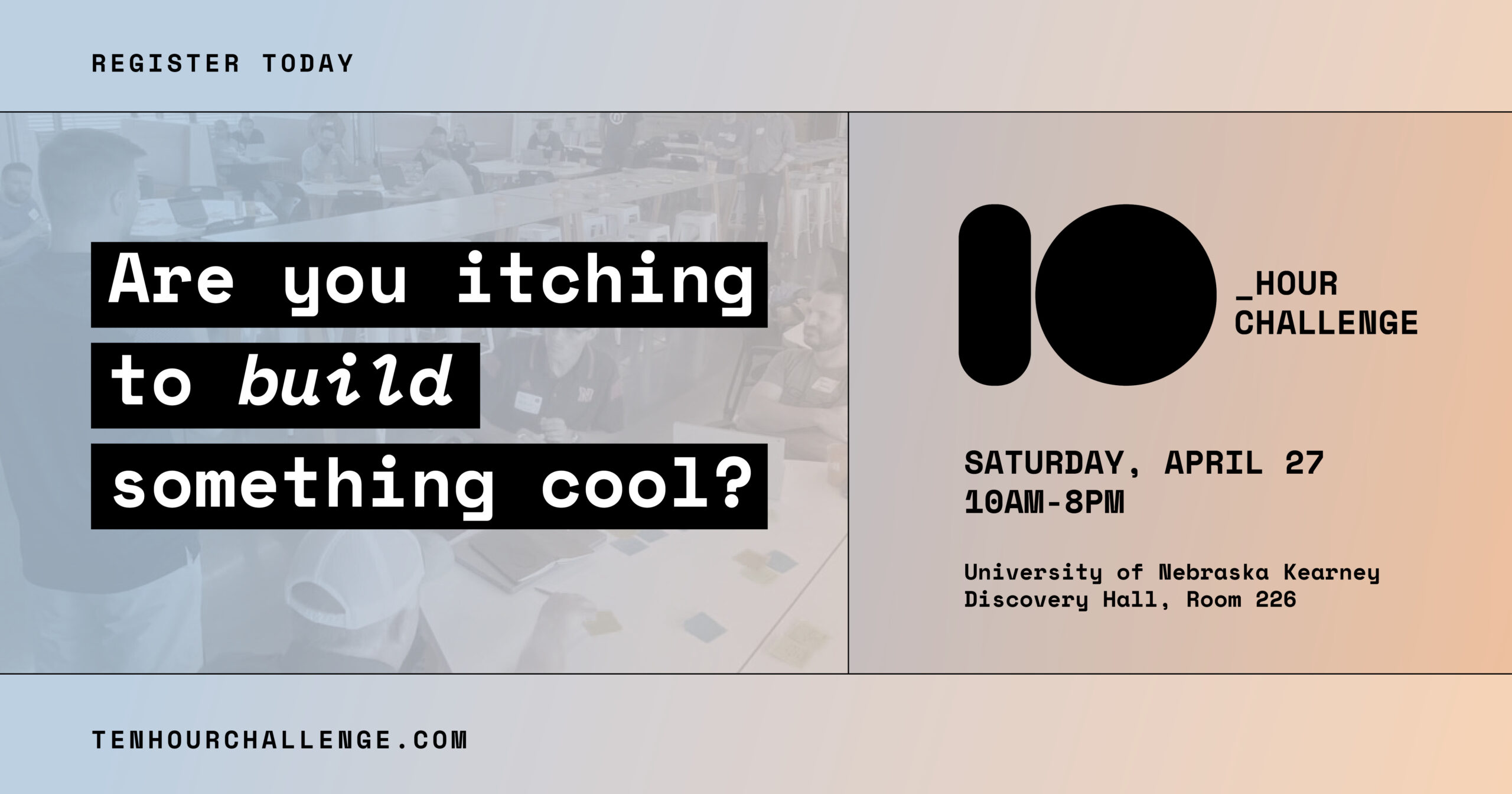Weiv lets audience members and performers interact with live visualizations via Wii Remotes.
In decades past, concert-goers would wave lighters to the beat of the music. Today, the glow of cell phone screens shows appreciation at a concert. Weiv hopes that soon, waving Wii Remotes will let the audience actually interact with the performance in real-time.
“We’re kind of trying to suggest a new model for what performance can be like,” said Josh Larson, who founded the interactive visualization company along with Paul Gratton in the summer of 2010. Larson is a video game designer, and Gratton has a background in software and music.
 After releasing a demo late last year, Weiv is preparing to make its official debut at the Echo Conference in Dallas at the end of the month.
After releasing a demo late last year, Weiv is preparing to make its official debut at the Echo Conference in Dallas at the end of the month.
The far-flung team — Gratton lives in Oregon, and they use a developer in Vermont — has been bootstrapping the company since its inception.
Weiv works with a bluetooth-enabled Apple computer and up to seven Wii remotes. After downloading the program, the performer can choose a scene, customize the appearance and change the projection settings for multiple screens. The movement of the remotes, whether by audience members or performers, affects the visualizations on the screen. Weiv’s pricing model is similar to video game systems: $200 for the program and a few scenes (like the console and a few included games), and $10-30 for additional scenes (like games).
Weiv aims to be simple enough that everyone can use it, but sophisticated enough for professionals. The co-founders said before expanding to Windows or mobile platforms, their goal is to publish more visualizations for different users.
The program can be used on different levels: by the crew in the booth, by on-stage performers (they’ve used it with a drummer holding the remotes before) or by members of the audience. While various other in-concert visualizations are available, Weiv seeks to separate itself from the rest with its real-time, interactive elements. Many of the early adopters to embrace this functionality have been churches or worship groups.
“We’re trying to enable a whole group of VJs to interact together,” Gratton said, describing the service as a “visual drum circle.”
The founders compared the shift Weiv could bring at performances to the shift Web 2.0 brought about: from a broadcast model, of one person communicating to many, to a model that allows a whole group to interact together.
Weiv allows users “to experience wonder, to expreience joy — and not just to experience it, to express it,” Gratton said.
The Weiv promotional video (below) shows the program in action.




